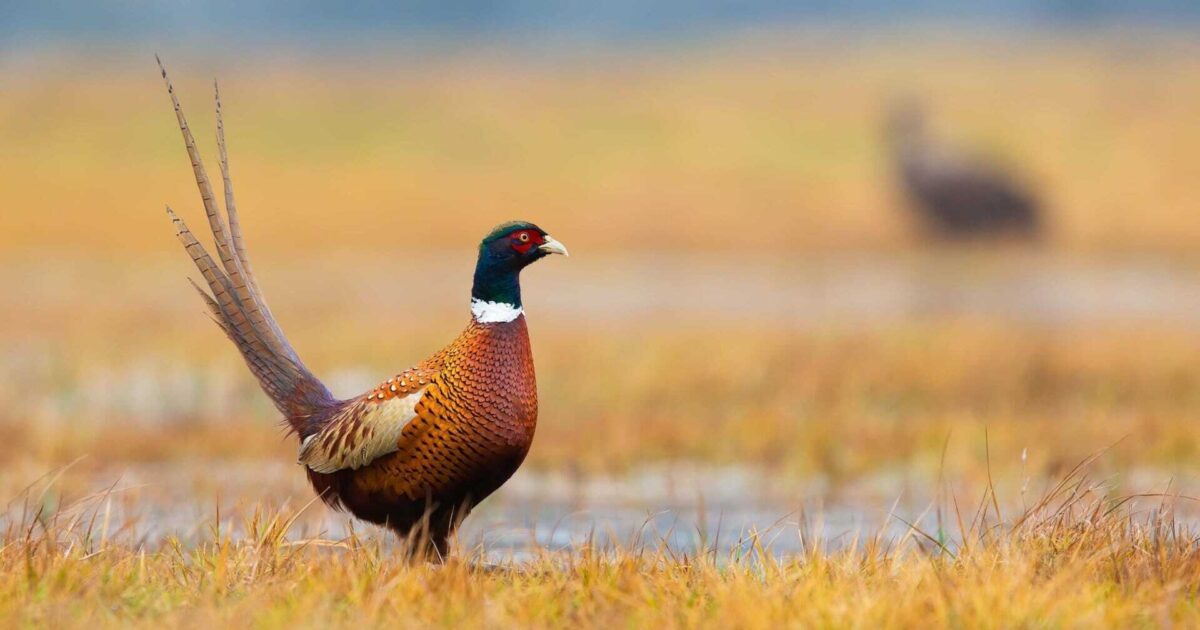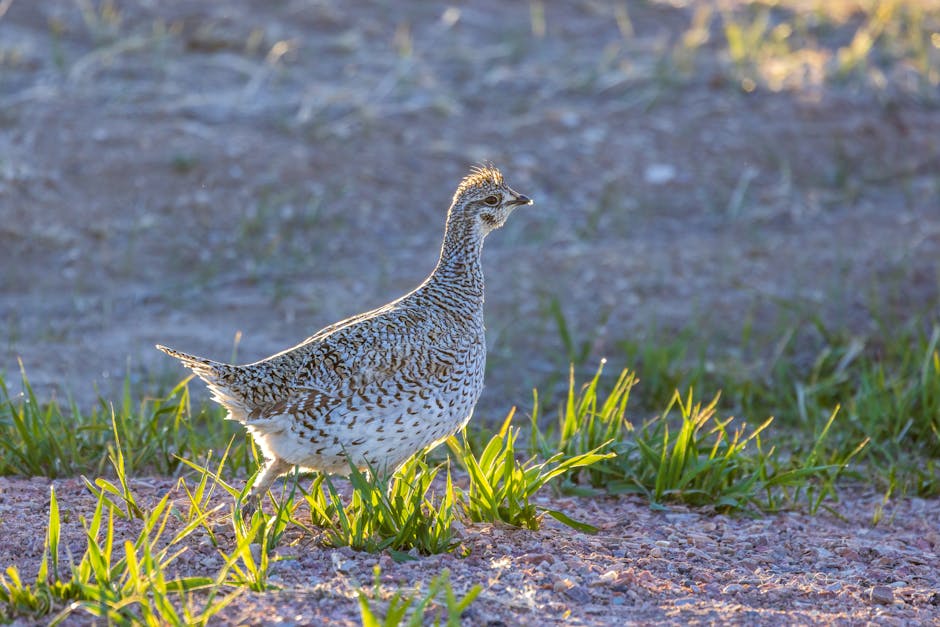Have you ever wondered what bird represents the spirit of South Dakota? Knowing the state bird isn’t just a fun fact—it connects you to the natural beauty and history of the region.
You’ll discover which feathered friend holds this special title and why it matters to South Dakota’s identity. Keep reading, and you might see your next outdoor adventure in a whole new light.
State Bird Of South Dakota
The official state bird of South Dakota is the Pheasant, specifically the Ring-necked Pheasant. This bird is known for its colorful feathers and long tail. It is a symbol of the state’s rich wildlife and hunting heritage.
Pheasants were introduced to South Dakota in the early 1900s. Since then, they have thrived in the grasslands and farmland. The bird is popular among hunters and bird watchers alike.
Key facts about the Ring-necked Pheasant:
- Colorful plumage:Males have bright feathers with a white ring around their neck.
- Habitat:Found mainly in open fields and farmlands.
- Diet:Eats seeds, grains, and insects.
- Behavior:Ground bird that runs fast and can fly short distances.

Credit: www.travelsouthdakota.com
Physical Features
The South Dakota state bird is the Pheasant, known for its colorful feathersand distinctive tail. It has a long bodyand bright plumagethat stands out in fields.
Males have red facesand greenish-blue heads. Their bodies show golden brown and black spots. Females are smaller and have brown feathersfor better camouflage.
Both have a long tail, which helps them balance when they run. Their legs are strongand adapted for runningfast to escape danger.
Habitat And Range
The South Dakota state bird lives in many places. It prefers open fields and grasslands. These areas give it space to find food and build nests. The bird also lives near farms and wetlands. It can adapt to different environments easily.
Its range covers most of South Dakota. It also appears in nearby states during migration. The bird moves south in winter and returns north in spring. This helps it survive cold weather.
- Open fields and grasslands
- Near farms and wetlands
- Found mostly in South Dakota
- Migrates south in winter
Behavior And Diet
The South Dakota state bird is the Ring-necked Pheasant. These birds are known for their vibrant colors. They are shy and prefer to hide in tall grass. Males are more colorful than females. They protect their territory fiercely.
Pheasants eat a variety of foods. Their diet includes seeds, berries, and insects. They love grains like corn and wheat. In winter, they eat more fruits. Pheasants forage on the ground. Their diet changes with seasons. They hunt for food in open fields.
Cultural Significance
The South Dakota state bird, the Ring-necked Pheasant, holds special meaning. It is a symbol of the state’s natural beautyand wildlife heritage. People admire its bright colors and unique call.
This bird is often seen in local festivalsand artwork. It represents the spirit of South Dakota’s outdoorsand the importance of hunting traditions. Many residents feel proud of this bird because it connects them to the land.
Farmers and hunters respect the pheasant for its role in controlling insectsand being a part of ecosystems. Schools sometimes teach children about this bird to help them appreciate nature and state history.

Credit: www.facebook.com
Conservation Status
The South Dakota state bird, the Ring-necked Pheasant, is not endangered. It has a stable population in the wild. People have worked hard to keep it safe.
This bird lives mostly in fields and grasslands. Farming helps create good places for them to live. Hunting rules also protect their numbers.
Conservation efforts include:
- Habitat preservation to keep natural areas safe.
- Regulated hunting seasons to avoid overhunting.
- Education programs that teach about wildlife care.
Thanks to these efforts, the Ring-necked Pheasant remains common in South Dakota. It is a symbol of the state’s nature and wildlife heritage.
Fun Facts
The South Dakota state bird is the Ring-necked Pheasant. It is not native to the state but was introduced in the early 1900s. This bird is known for its colorful feathersand long tail. Male pheasants have bright colors, while females are brown and camouflaged.
The Ring-necked Pheasant is a popular bird for huntingand is found in fields and grasslands. It has a distinctive white ring around its neck and makes a loud call. The bird is a symbol of wildlife and naturein South Dakota.
- Introduced species, not native
- Bright colors on males, brown females
- Lives in grasslands and fields
- Popular for hunting
- Has a white ring around its neck

Credit: landinvestorguide.com
Frequently Asked Questions
What Is The Official South Dakota State Bird?
The official state bird of South Dakota is the Ring-necked Pheasant.
Why Was The Ring-necked Pheasant Chosen As South Dakota’s Bird?
It was chosen for its beauty and importance to local hunting and farming culture.
Where Can You Commonly See The South Dakota State Bird?
Ring-necked Pheasants are often found in South Dakota’s farmlands and grasslands.
Conclusion
The South Dakota state bird shows the region’s beauty and nature. It plays a special role in local culture and wildlife. People enjoy watching and learning about this bird every year. Its unique colors and sounds make it easy to recognize.
Knowing about the state bird helps us appreciate South Dakota more. It connects us to the land and its animals. This bird truly stands as a symbol of pride and natural charm. A simple reminder of the state’s rich environment and heritage.
